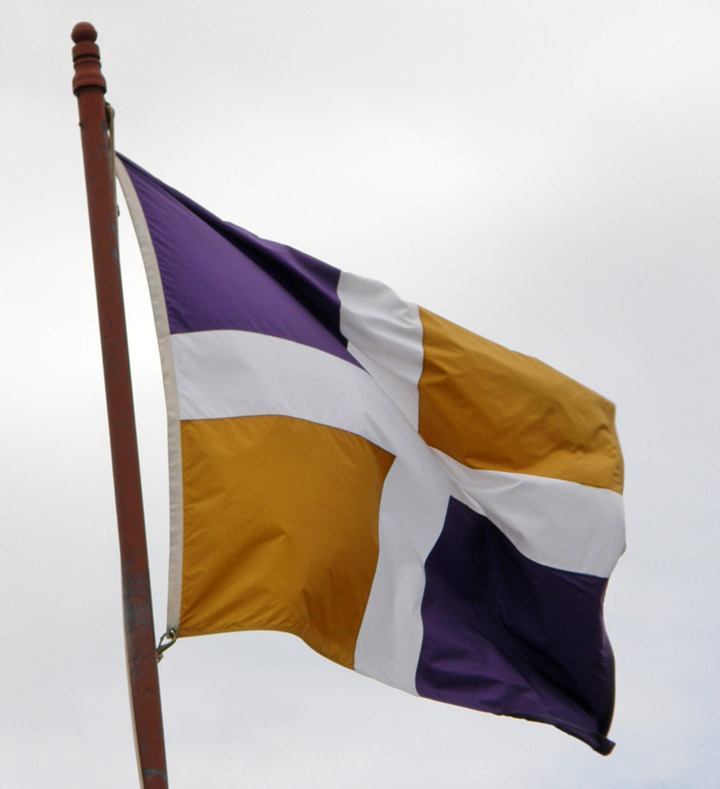![]()
The Fort


Fort Ticonderoga is a large 18th century fort built at a strategically important narrows in Lake Champlain where a short traverse gives access to the north end of Lake George in the state of New York, USA. The fort controlled both commonly used trade routes between the English-controlled Hudson River Valley and the French-controlled Saint Lawrence River Valley. The name "Ticonderoga" comes from an Iroquois word tekontaró:ken, meaning "it is at the junction of two waterways". Fort Ticonderoga was the site of four battles over the course of 20 years.
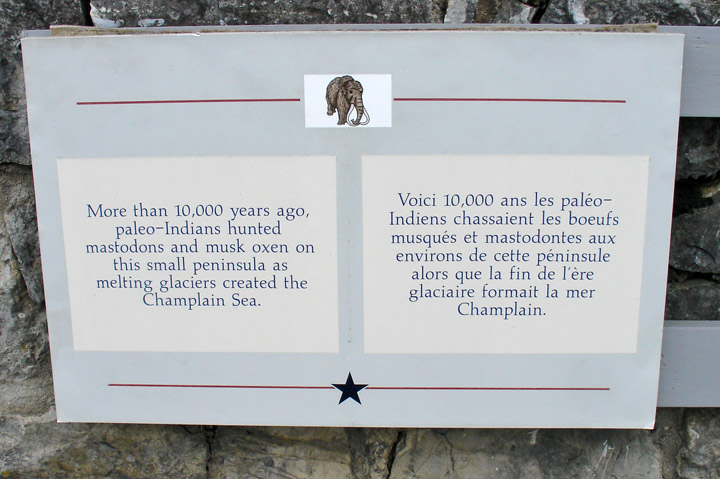
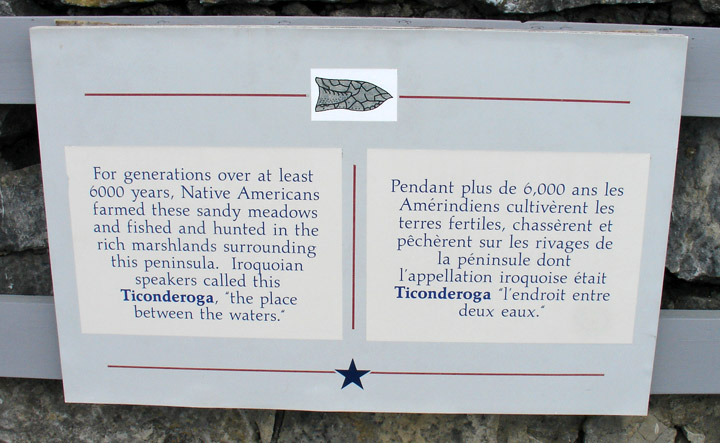

A Artist concept of a Native American
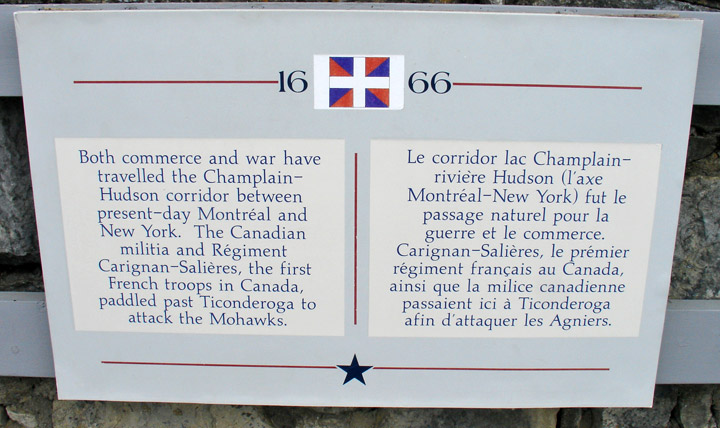
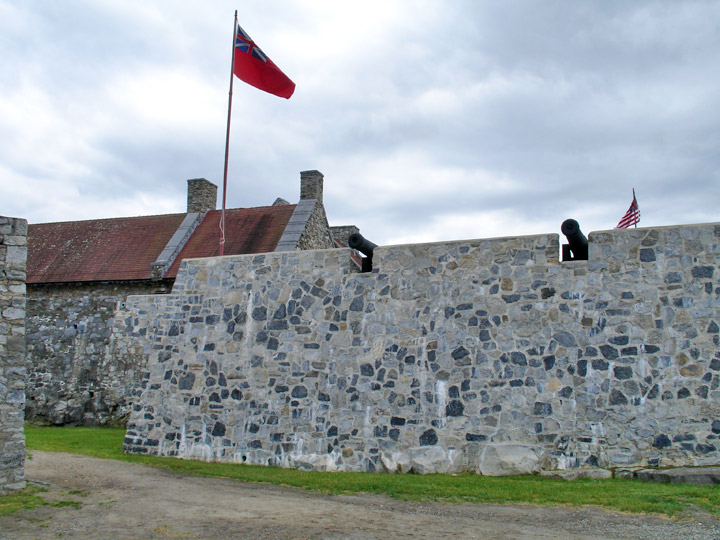

In 1755, the French began construction of Fort Carillon. That name apparently
derived from the musical sounds of a nearby waterfall. Construction proceeded on
the fort slowly through 1756 and 1757. The fort was primarily a stone fort well
situated for defense against infantry attack. The fort's primary goal was to
control the south end of Lake Champlain and to prevent the British from getting
a toe hold on the lake.
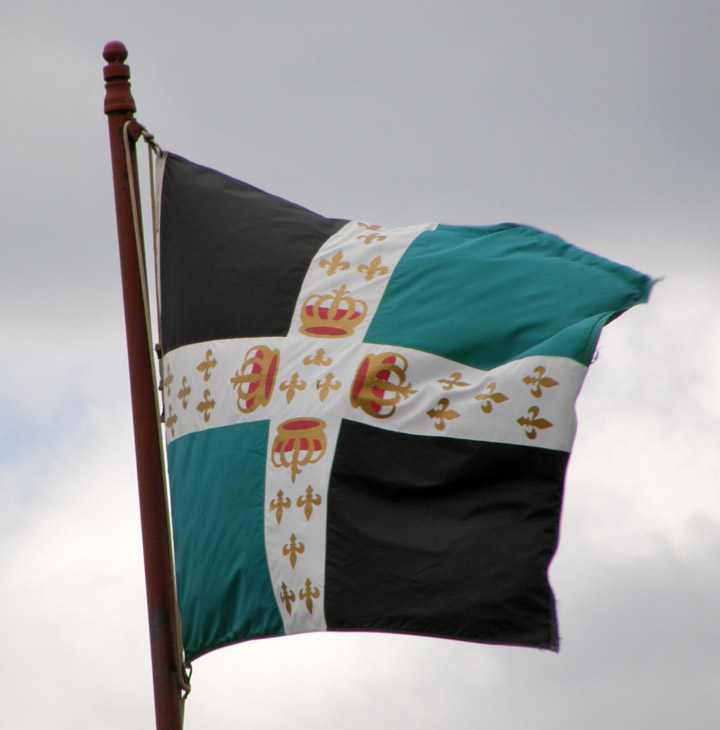
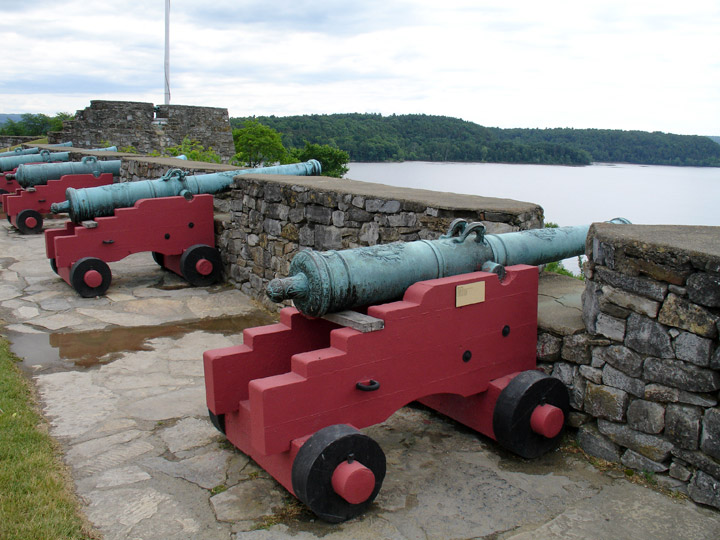
In 1757 the French launched a very successful attack upon Fort William Henry
from the nearly complete Fort Carillon.
The garrison of the Fort was by Regiment de la Reine.
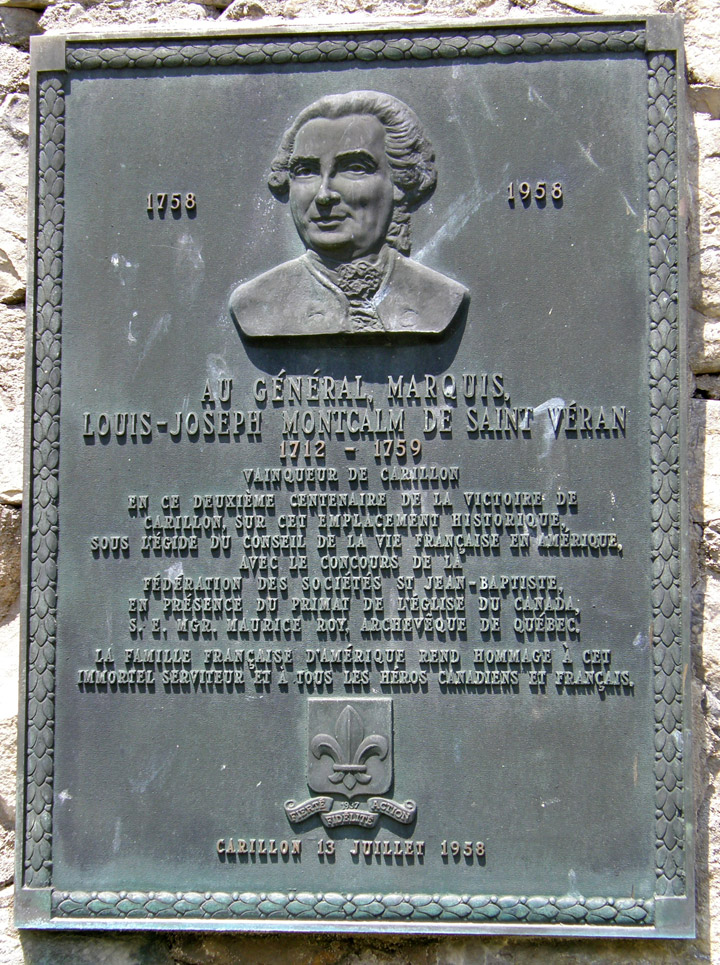
Louis-Joseph Montcalm de Saint Veran
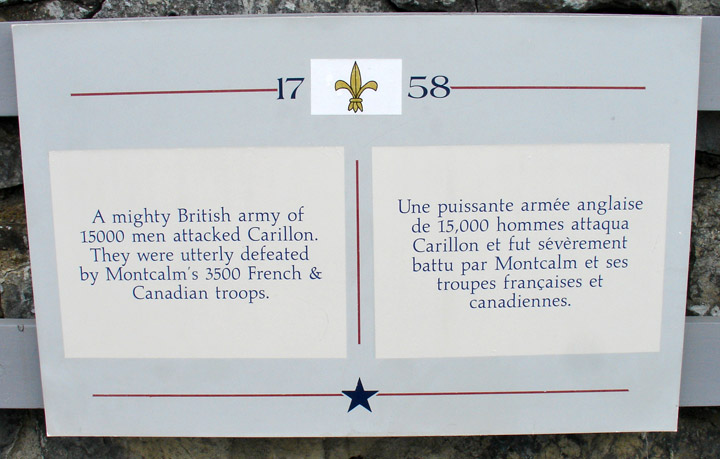
On July 8, 1758 the British, under General James Abercrombie, staged a frontal
attack against hastily assembled works outside the fort's main walls (which were
still under construction) in the Battle of Carillon. Abercrombie tried to move
rapidly against the few French defenders, opting to forgo field cannon, he
relied upon his 16,000 troops. The British were soundly defeated by 4,000 French
defenders. This battle gave the fort a reputation for invulnerability, although
the fort never again repulsed an attack. The 42nd Highland Regiment (the Black
Watch) was especially badly mauled in the attack on Fort Carillon, giving rise
to a legend involving the Scottish Major Duncan Campbell.
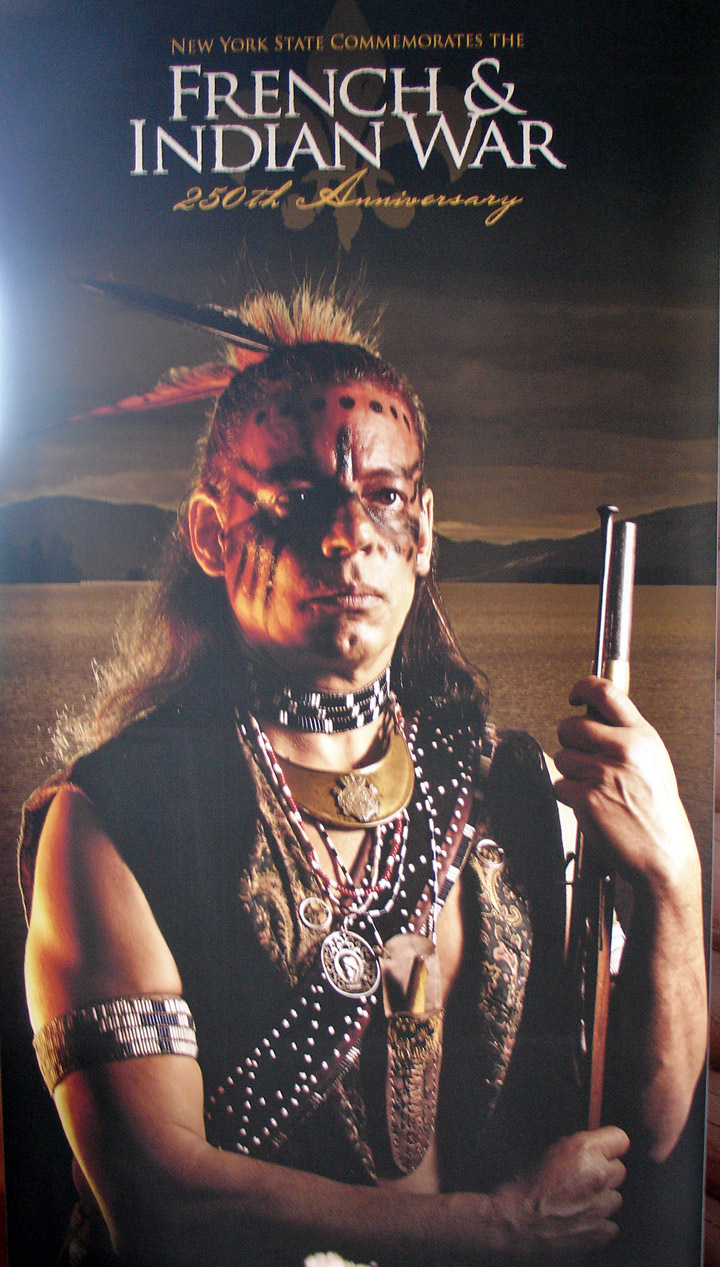
Native American
The terrifying reputation of the Native Americans, for the most part allied to the French, is thought to have provoked the wave of panic that apparently overtook British troops retreating in great disorder by day's end. French patrols later found equipment strewn about, boots left stuck in mud, and many wounded on their stretchers left to die in clearings. In fact, few Natives were actually present during the battle, a large contingent of them having been sent by French governor Vaudreuil on a useless mission to Corlar. The misdirection of Indian fighters gave Montcalm all the more reason to pester at his rival Vaudreuil, complaining that his actions had cost them the opportunity to completely destroy the retreating British (who would later regroup south of Lake George).

The fort was captured the following year by the British, under General Jeffrey
Amherst, in the Battle of Ticonderoga.
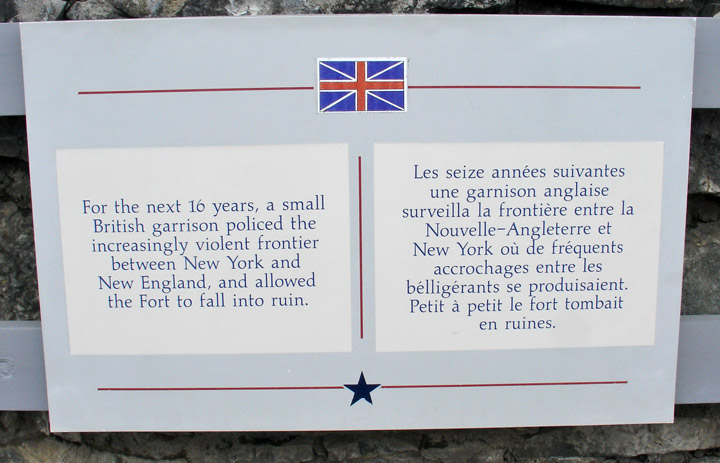
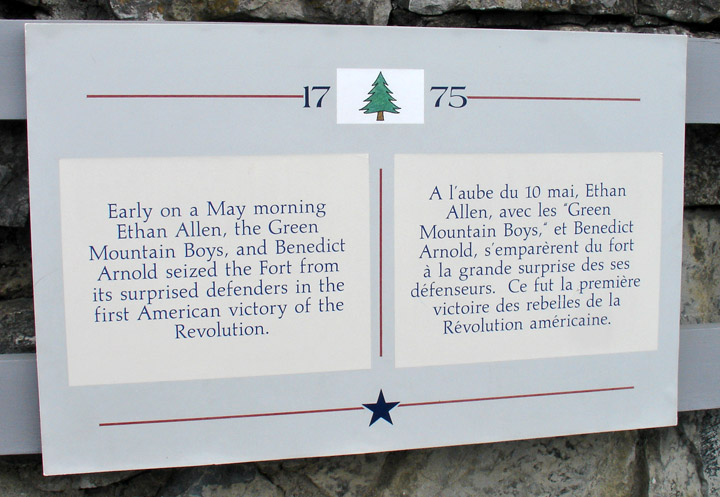
On May 10, 1775, a sleeping British garrison of 22 soldiers was surprised by a
small force of Vermonters who called themselves the Green Mountain Boys, and
were led by Ethan Allen and Benedict Arnold, who walked into the fort through an
unlocked gate. Allen later claimed that he demanded to the British commandant
that he surrender the fort "In the name of the Great Jehovah and the Continental
Congress!"; however, his surrender demand was made to a junior officer, not the
commandant, and no other witnesses remembered Allen uttering such a phrase.
Not a single shot was fired. The colonies obtained a large supply of cannons and
powder, much of which was hauled 300 km by Henry Knox during the winter of
1775-1776, to Boston, to support the Siege of Boston.
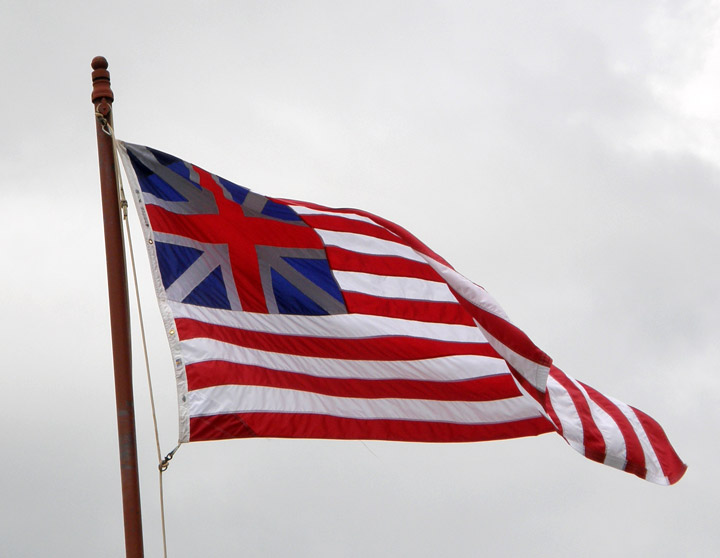
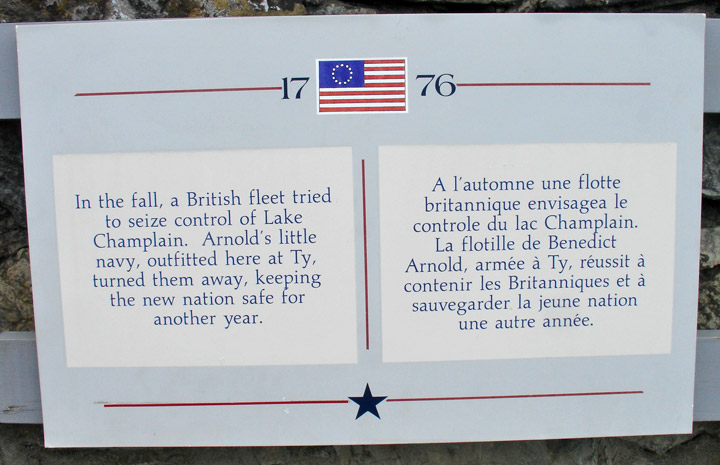
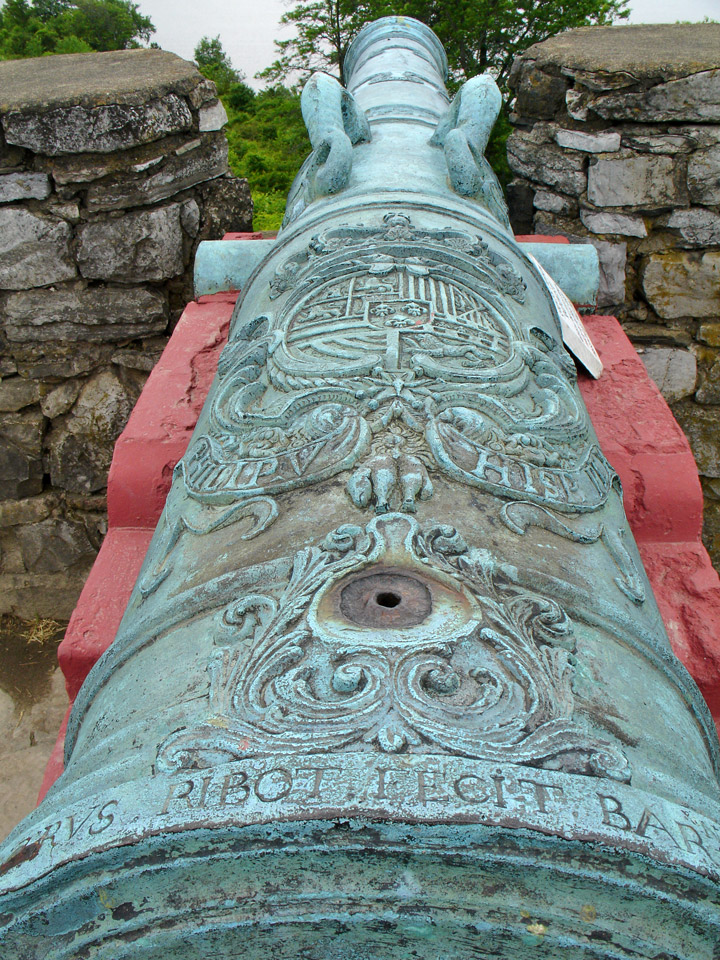
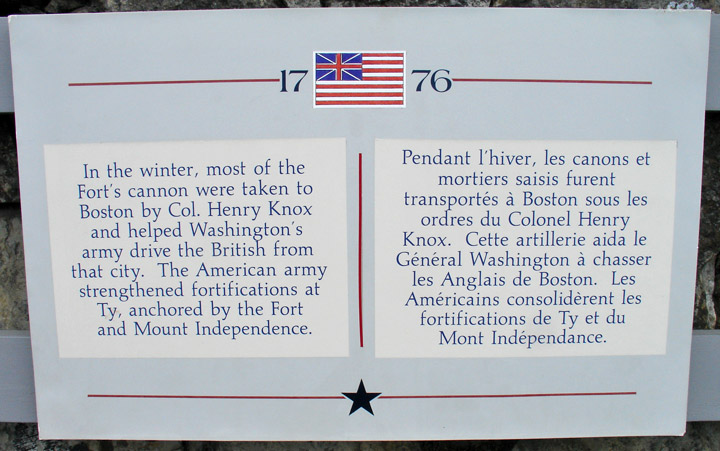
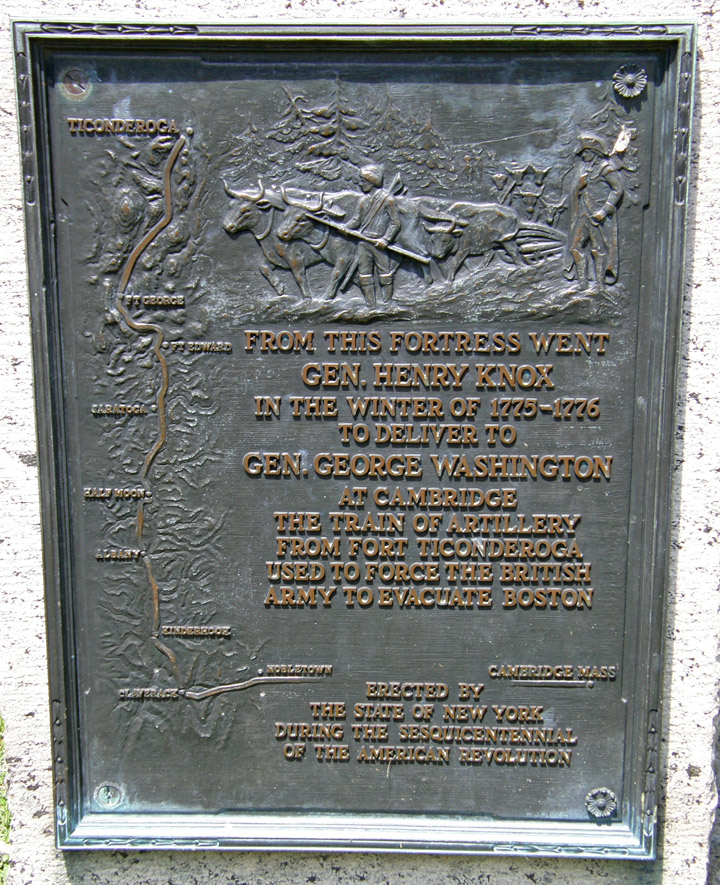
In 1776, the British returned from Canada and moved down Lake Champlain under
General Carleton. A ramshackle fleet of American gunboats delayed the British
until winter threatened (see: Battle of Valcour Island), but the attack resumed
the next year under General Burgoyne.
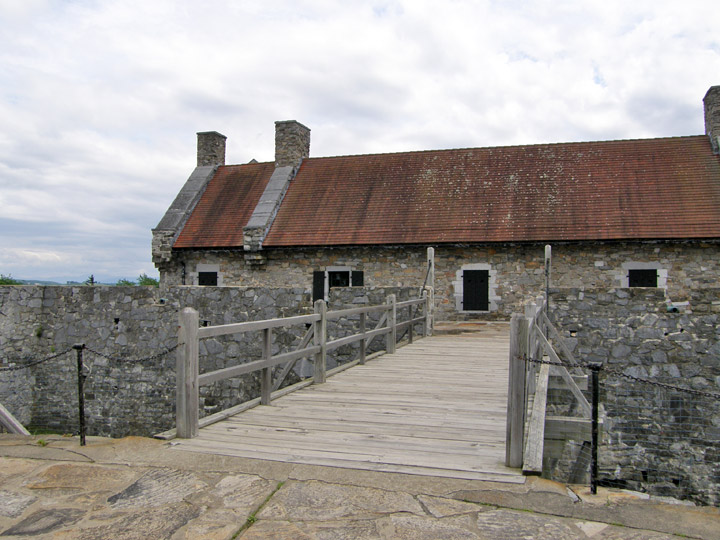
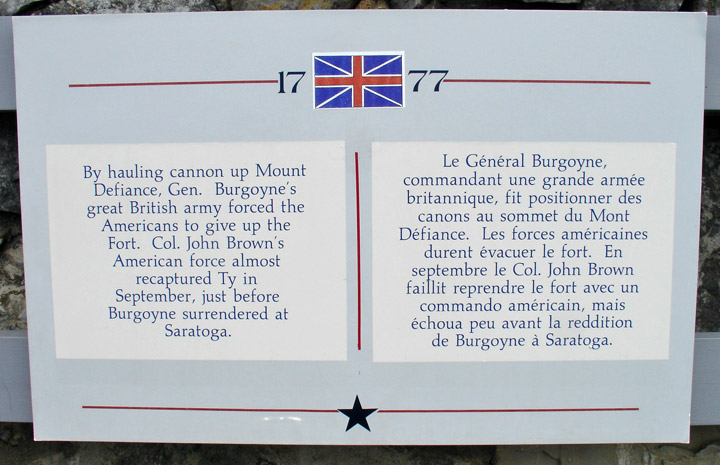
In 1777 the British forces moving south from Canada drove the Americans back
into the fort, then hauled cannon to the top of undefended Mt. Defiance, which
overlooked the fort.
"Where a goat can go, a man can go, where a man can go, he can drag a gun" -
Maj. Gen. William Phillips quote as his men brought cannon to the top of Mt.
Defiance in 1777
Faced with bombardment, Arthur St. Clair ordered Ticonderoga abandoned on July
5, 1777. Burgoyne's troops moved in the next day.
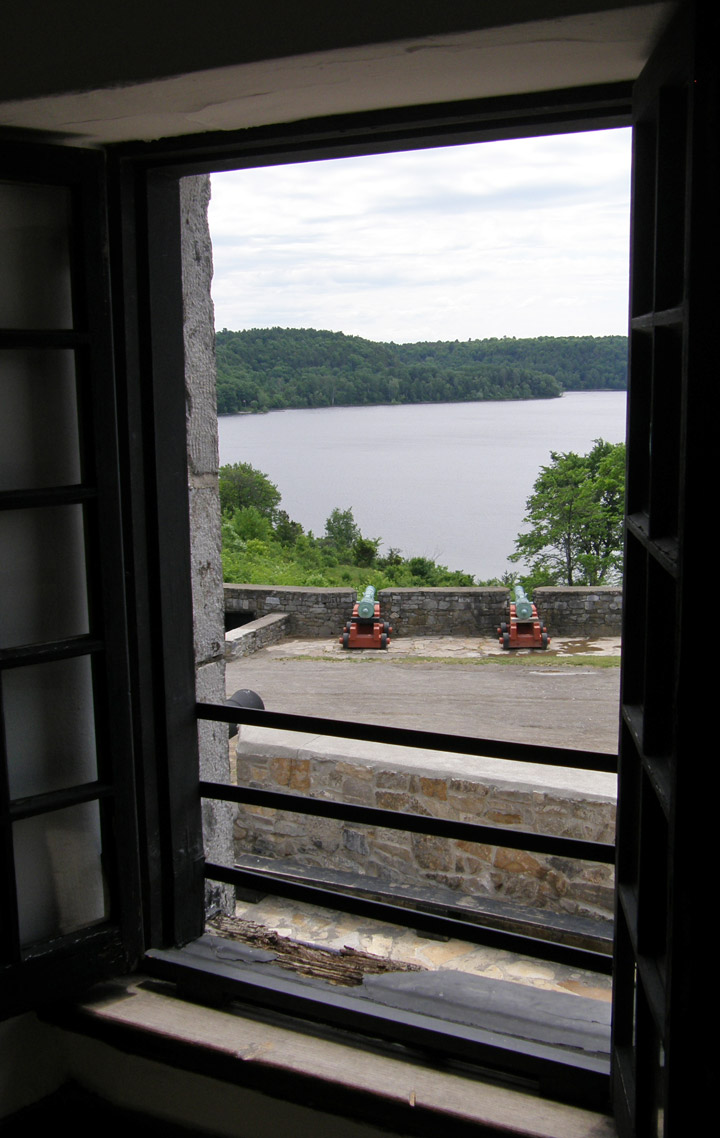
The colonials quickly withdrew across the Lake to Fort Independence on the
Vermont side of the Lake. They soon abandoned that fort as well and retreated
south to Saratoga. Seth Warner, now the leader of Vermont Republic's Green
Mountain Boys, having conducted the American rear guard the previous year as the
Americans retreated from Quebec to Ticonderoga, showed his prowess and cool
headedness by very nearly defeating the pursuing British. The rear guard led by
Americans Warner, Francis and Titcomb demonstrated significant effectiveness in
this defensive maneuver. Warner almost certainly would have defeated the larger
British force had it not been for the arrival of the flanking German troops sent
by Burgoyne. This rear guard is known as the skirmish at Hubbardton and
ultimately allowed Maj. Gen. Arthur St. Clair to retreat to Saratoga with the
majority of the Ticonderoga force. This set up the ultimate defeat of Burgoyne
later that year in Saratoga. In total 67% of Warner's troops made it through the
rear guard battle and effectively stopped the British pursuit.
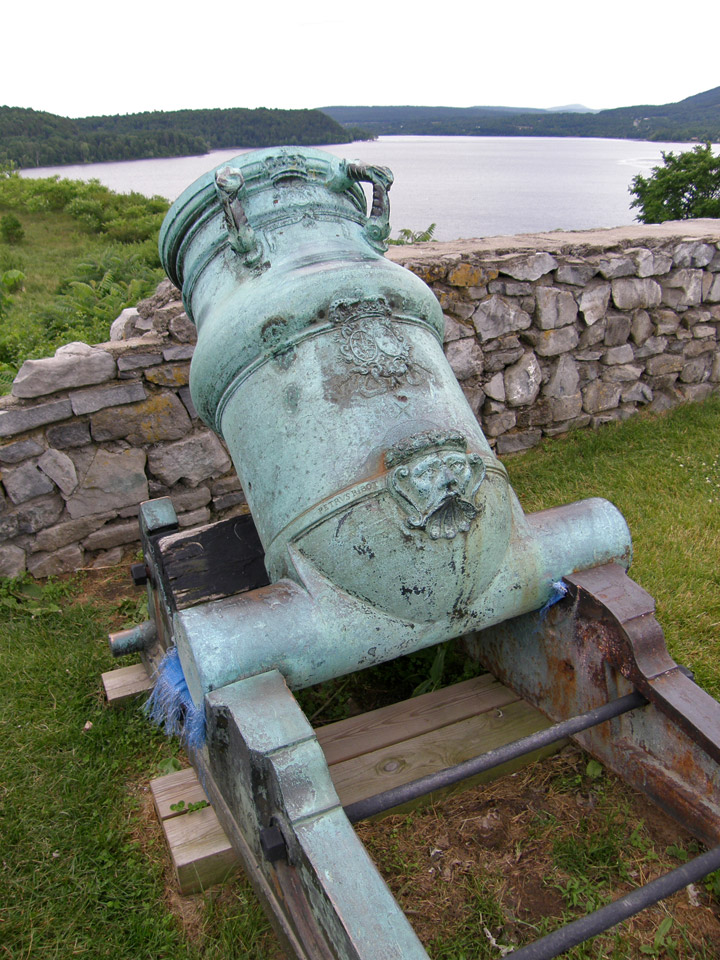
mortar
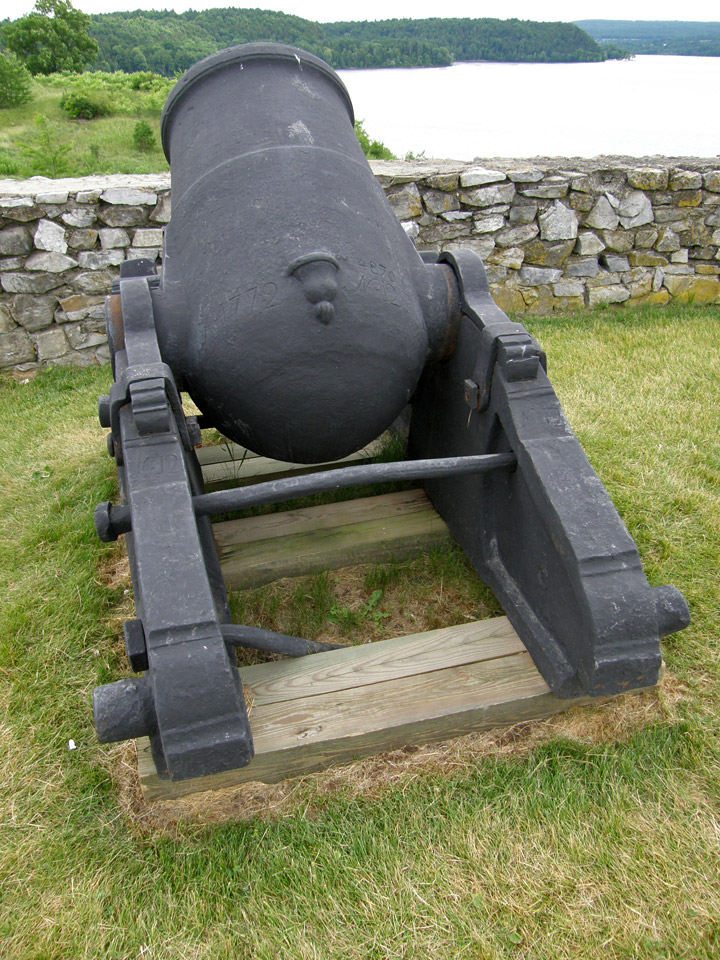

After Burgoyne's defeat at Saratoga, the fort at Ticonderoga became increasingly
irrelevant. The British abandoned Fort Ticonderoga and Crown Point in 1780.
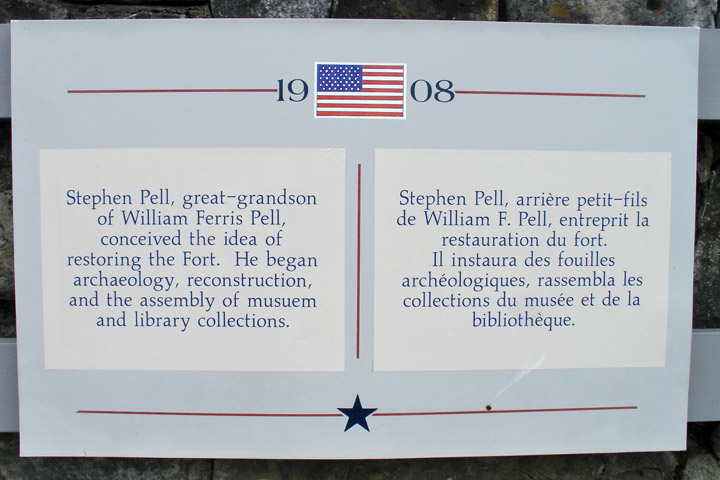
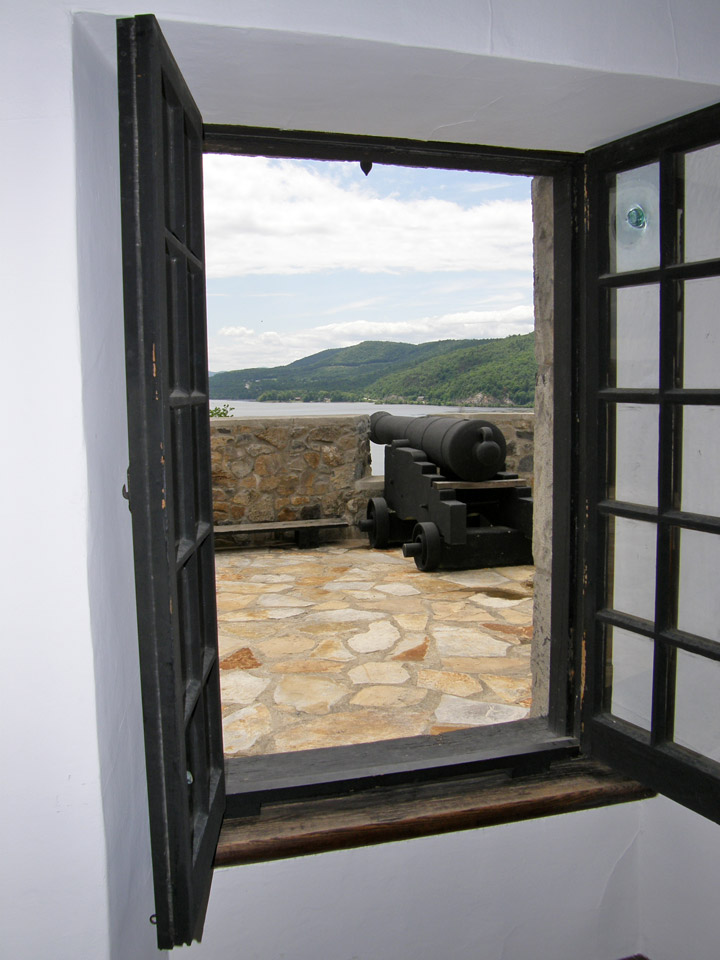
Its role in early American history led to five different U.S. Navy vessels and a
class of aircraft carrier to be named after it.
Text from Wikipedia
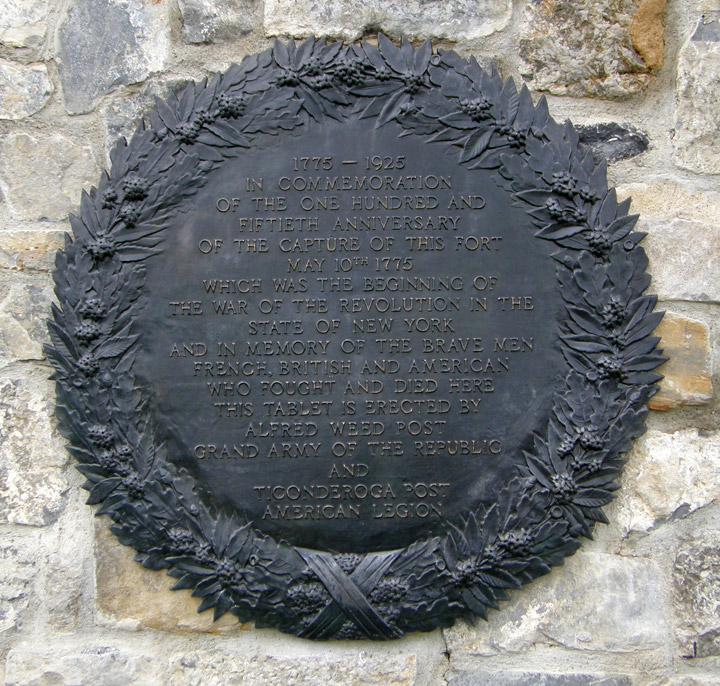
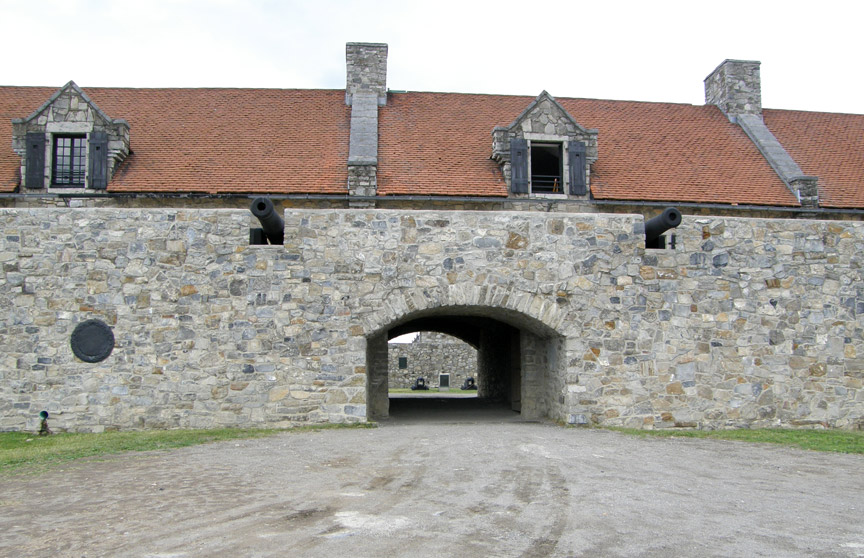


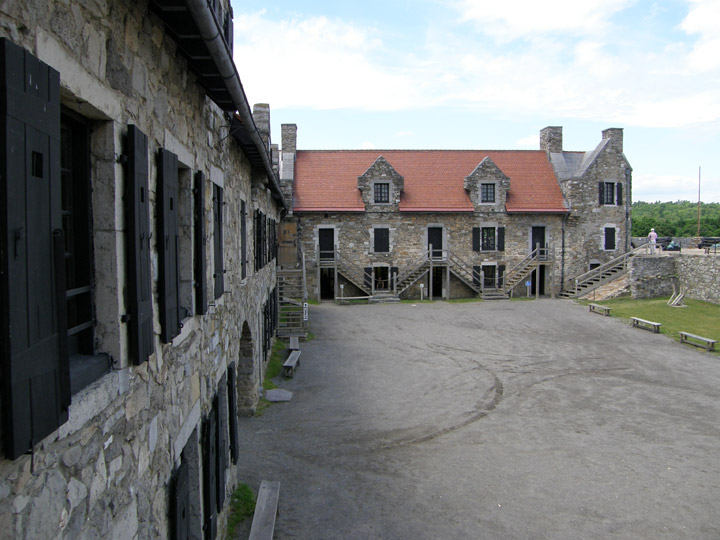
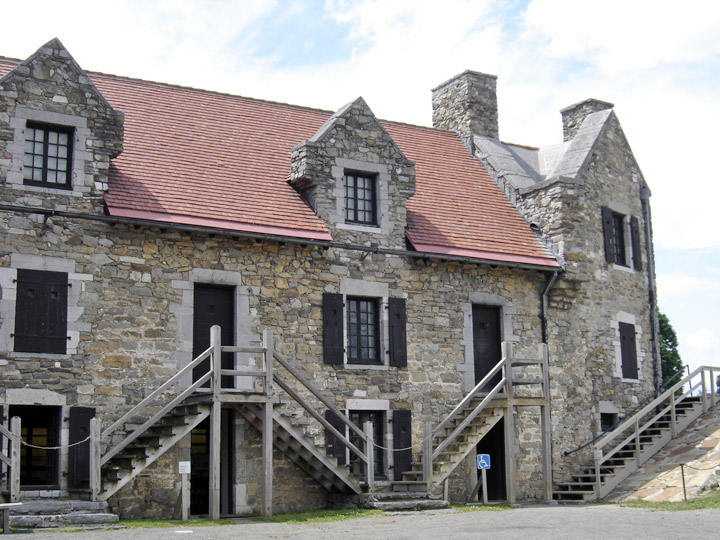
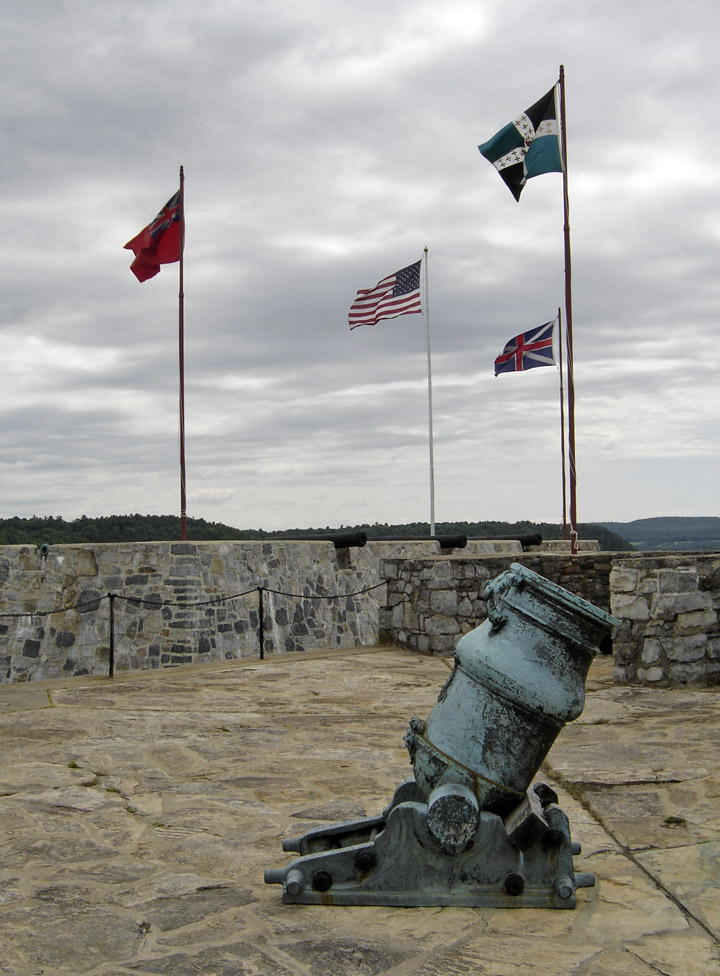
flags over Fort Ticonderoga
